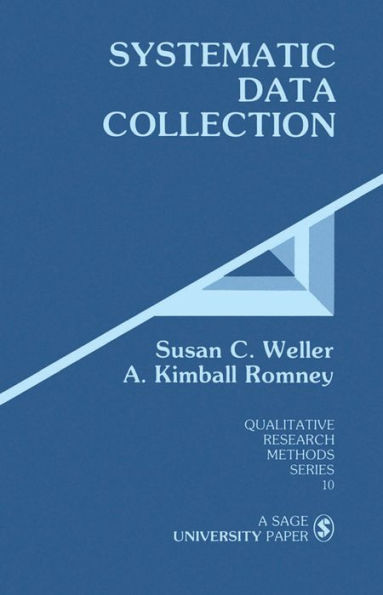5
1

Systematic Data Collection
96
Systematic Data Collection
96eBook
$27.49
$36.00
Save 24%
Current price is $27.49, Original price is $36. You Save 24%.
Related collections and offers
27.49
In Stock

Product Details
| ISBN-13: | 9781506349756 |
|---|---|
| Publisher: | SAGE Publications |
| Publication date: | 02/01/1988 |
| Series: | Qualitative Research Methods , #10 |
| Sold by: | Barnes & Noble |
| Format: | eBook |
| Pages: | 96 |
| File size: | 2 MB |
About the Author
From the B&N Reads Blog
